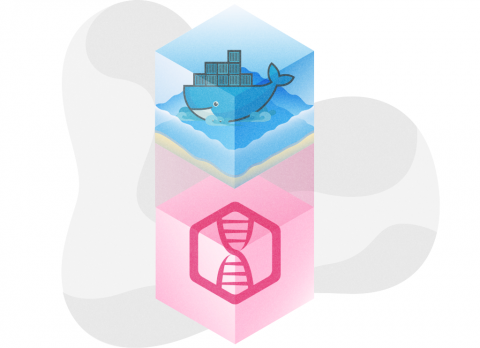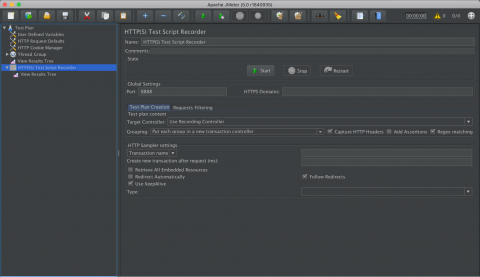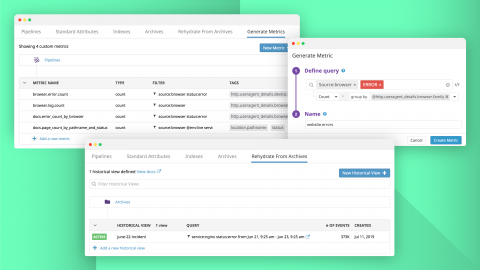What is Logspout?
Logspout is an open source log router designed specifically for Docker container logs. If you’ve ever looked into log management for Docker, chances are you’ve heard of it. Logspout is a container that collects logs from all other containers running on the same host, then forwards them to a destination of your choice. This lets you send logs to an HTTP/S server, syslog server, or other endpoint without having to monitor files or modify your host systems.











